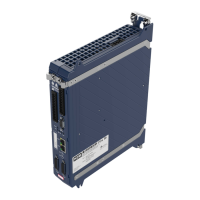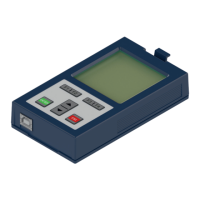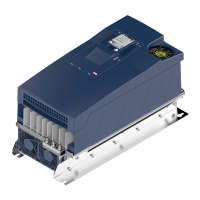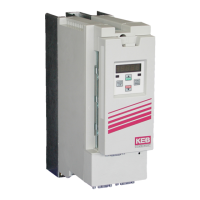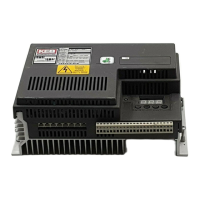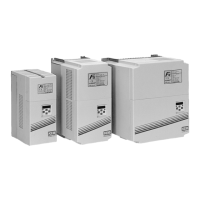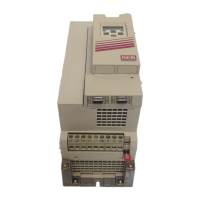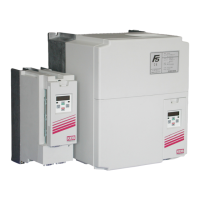Trace A defective or missing
Trace B defective or missing
Trace A and B defective or missing
TTL: no reference mark de-
tected
Reference signal not recognized (inc per revolution could be
wrong too).
TTL: adjusted signal periods
too small
Adjusted increments per revolution are too small (compared
with distance between two reference signals).
TTL: adjusted signal periods
too high
Adjusted increments per revolution are too high (compared with
distance between two reference signals).
Already during the initialization, not all encoder signals have
been recognized (recognized encoder types are displayed in
ec17).
TTL: reference signal not rec-
ognised anymore
Reference signal is not recognized since some revolutions, but
it was already valid.
BISS: no reaction from en-
coder in init
No encoder connected because the encoder does not react
when communication is first established.
BISS: invalid data signal level
in init
No encoder connected because the signal level at the data in-
put is invalid.
Communication is possible, but the detected protocol is not sup-
ported. An unknown BiSS encoder is connected.
Encoder is connected but the communication could not be es-
tablished without errors during initialization. The settings in
ec40, ec41, ec42 are wrong.
If ec17 = 0: "no encoder detected" and
ec02 = 20: "BISS: encoder communication":
A BiSS-C unidirectional (without el. nameplate) has been de-
tected.
If ec17 = 84: "BiSS Mode C, EDS containing in-consistent data"
and
ec02 = 31: "BISS Mode C: EDS data invalid":
A BiSS-C-encoder with el. nameplate has been detected, but it
could not be initialized with it. Then an attempt was made to ini-
tialize the encoder as BiSS-C unidirectional encoder, which also
failed.
The detected encoder type is not supported
BiSS communication faulty in operation. But it was already ok.
Possible causes are EMC disturbances or defect of encoder ca-
ble, encoder evaluation or encoder.
One or both signals are invalid.

